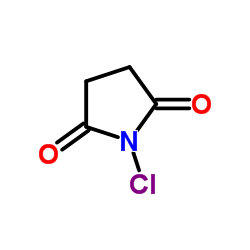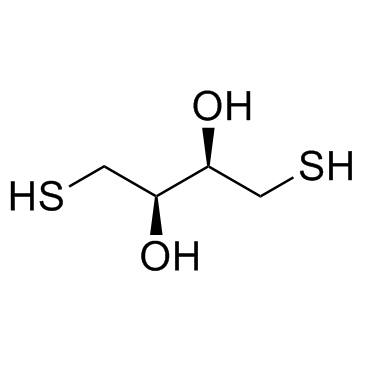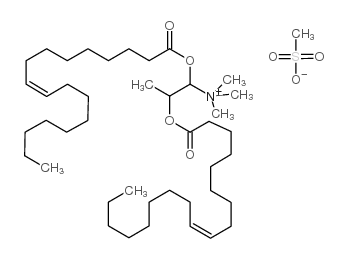| Structure | Name/CAS No. | Articles |
|---|---|---|
 |
sucrose
CAS:57-50-1 |
|
 |
N-chlorosuccinimide
CAS:128-09-6 |
|
 |
DL-Dithiothreitol
CAS:3483-12-3 |
|
 |
DOTAP Transfection Reagent
CAS:144189-73-1 |